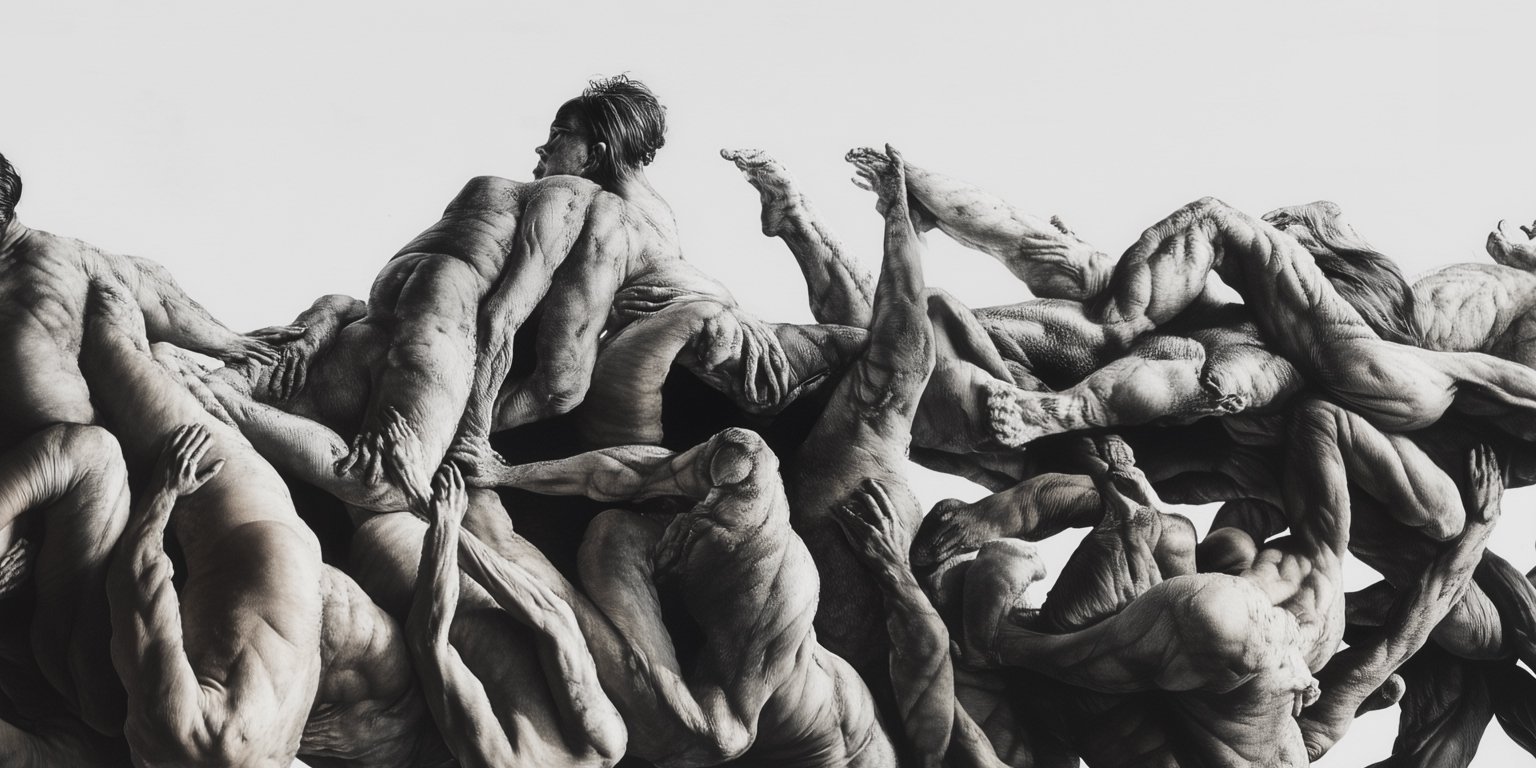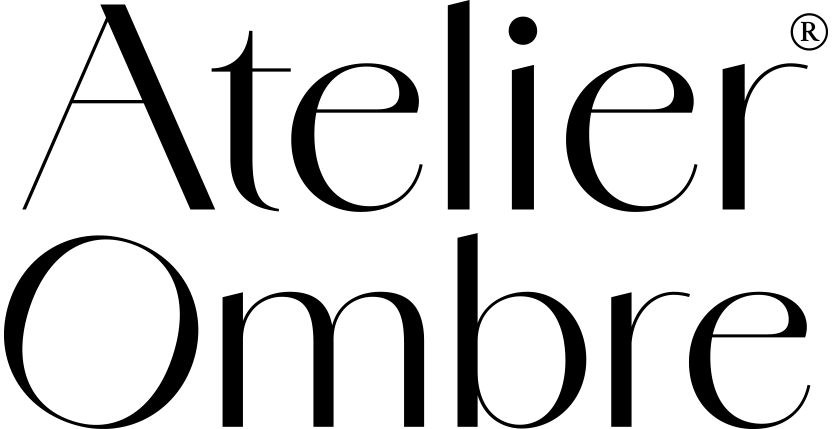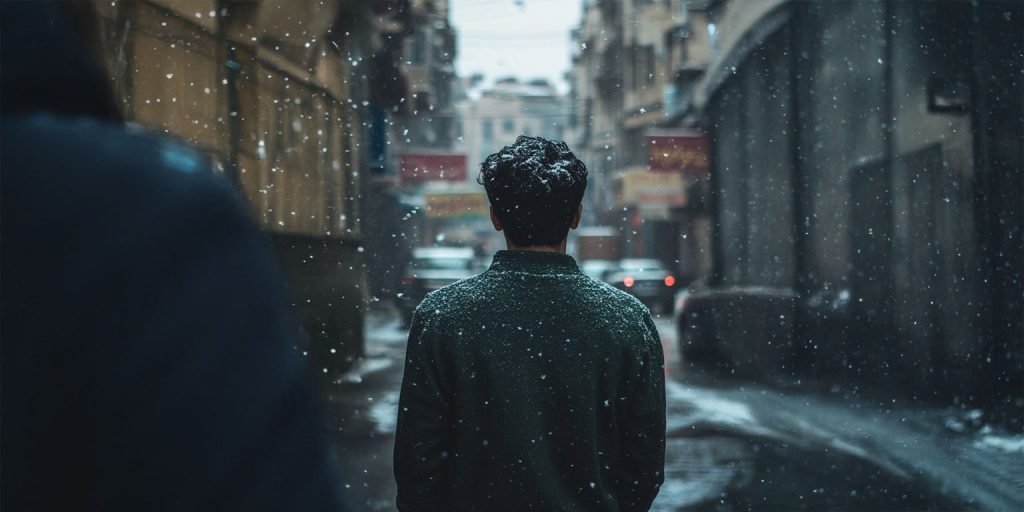We are living in an era of radical transformation. Art, as a faithful mirror of our times, cannot remain static. It shifts, deconstructs, reinvents itself.
Today, creation knows no boundaries—it is both digital and physical, human and artificial, intimate and universal. We are witnessing a profound metamorphosis of the artist’s role, the spectator’s experience, and even the very nature of the artwork.
A Deconstruction of Forms and Rules
The current era marks the end of traditional artistic frameworks.
. The physical merges with the digital – The rise of AI-generated art and creative algorithms challenges the very notion of originality. A painting is no longer confined to a canvas; it can evolve based on viewer interaction, transforming in real time.
. Art is no longer just observed—it is experienced – With augmented reality, virtual reality, and immersive installations, the audience is no longer a mere observer; they become part of the artwork. Art is no longer an object but an experience.
. The boundaries between disciplines are disappearing – Painting, sculpture, music, cinema, artificial intelligence—art has become a hybrid language, blending multiple forms to create something entirely new.
Today’s art is no longer static. It is fluid, ever-changing, and defies rigid definitions.
Creator, Curator, Coder?
As art evolves, so does the role of the artist.
. The artist becomes a digital alchemist, working with both pigments and algorithms. They interact with artificial intelligence, not as a rival but as a co-creator.
. The artist becomes a decoder of the era – In a society overwhelmed by images, they are no longer just creators but also curators, selectors, and assemblers, piecing together fragments of reality to create new meaning.
💡 The artist becomes an architect of the invisible, designing intangible worlds where experience matters more than ownership. Art is no longer just a physical object—it is an emotion, an interaction, a shared moment.

Art and Society
A Silent Rebellion or a New Renaissance?
In a world in perpetual crisis, art has never been more political. It is no longer just about aesthetics; it is a language of resistance, questioning, and affirmation.
. Faced with the acceleration of technology, some artists advocate a return to manual techniques, slow processes, and handmade craftsmanship as a rebellion against digital immediacy.
. Others fully embrace artificial intelligence, seeing it as a tool that amplifies human creativity.
. Some transform art into a space of social engagement, giving a voice to marginalized communities and challenging inequalities.
In 2025, art is a battleground between tradition and futurism, between revolt and acceptance, between memory and anticipation.
Where Is Art Headed?
Toward a Boundless Horizon
We are at a turning point, an era where art is no longer a finished product but an ongoing process.
. Tomorrow, art could be generated in real time by AI responsive to human emotions.
. Galleries and museums could become fully interactive, immersing us in worlds designed to evolve with us.
. The artist may no longer be an individual but a collective intelligence, merging human and machine creativity.
Far from signaling the end of human creation, this metamorphosis is a rebirth, opening the door to unexplored artistic territories.
The question is not “Where is art going?” but “How far can it go?”




